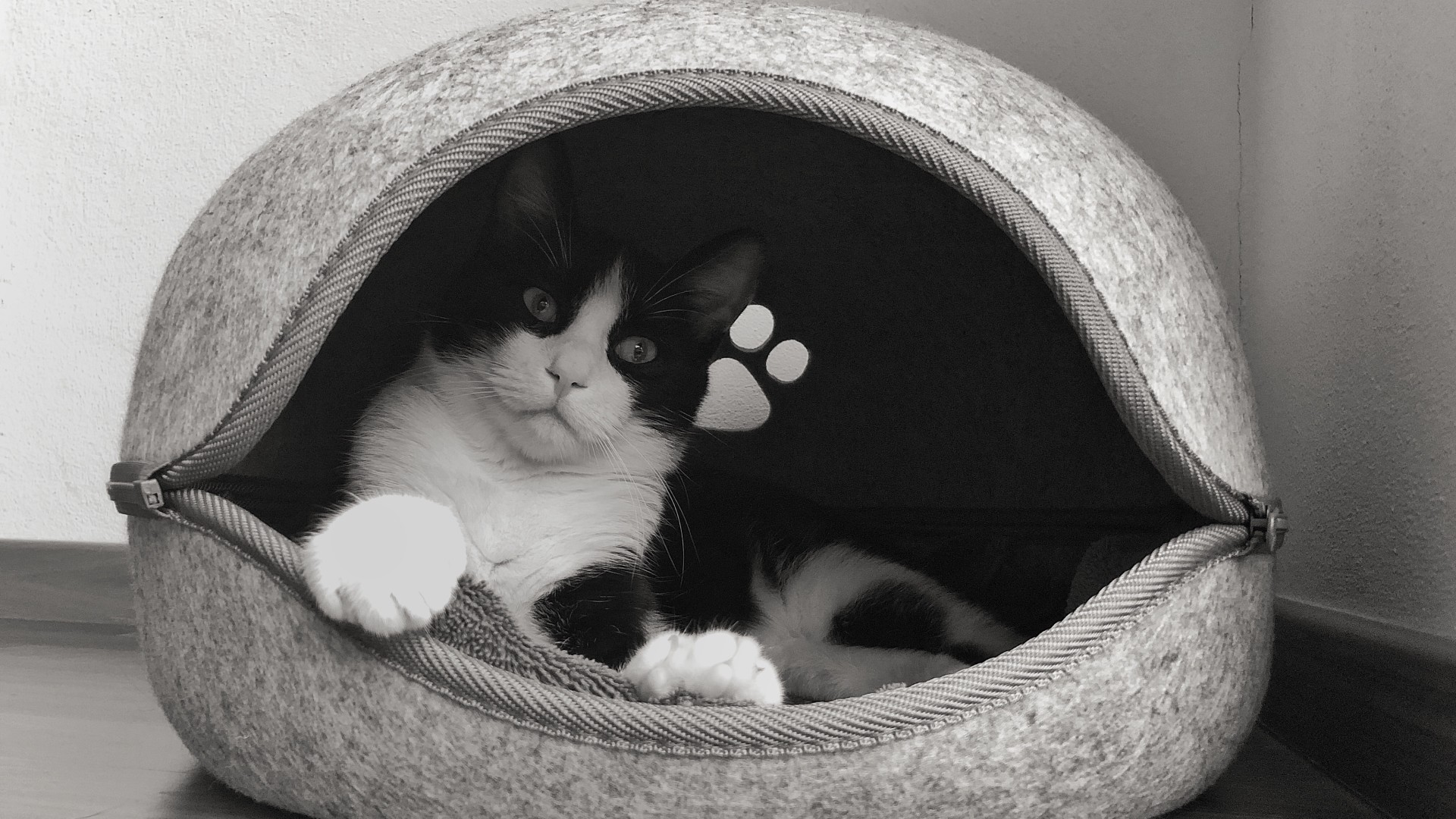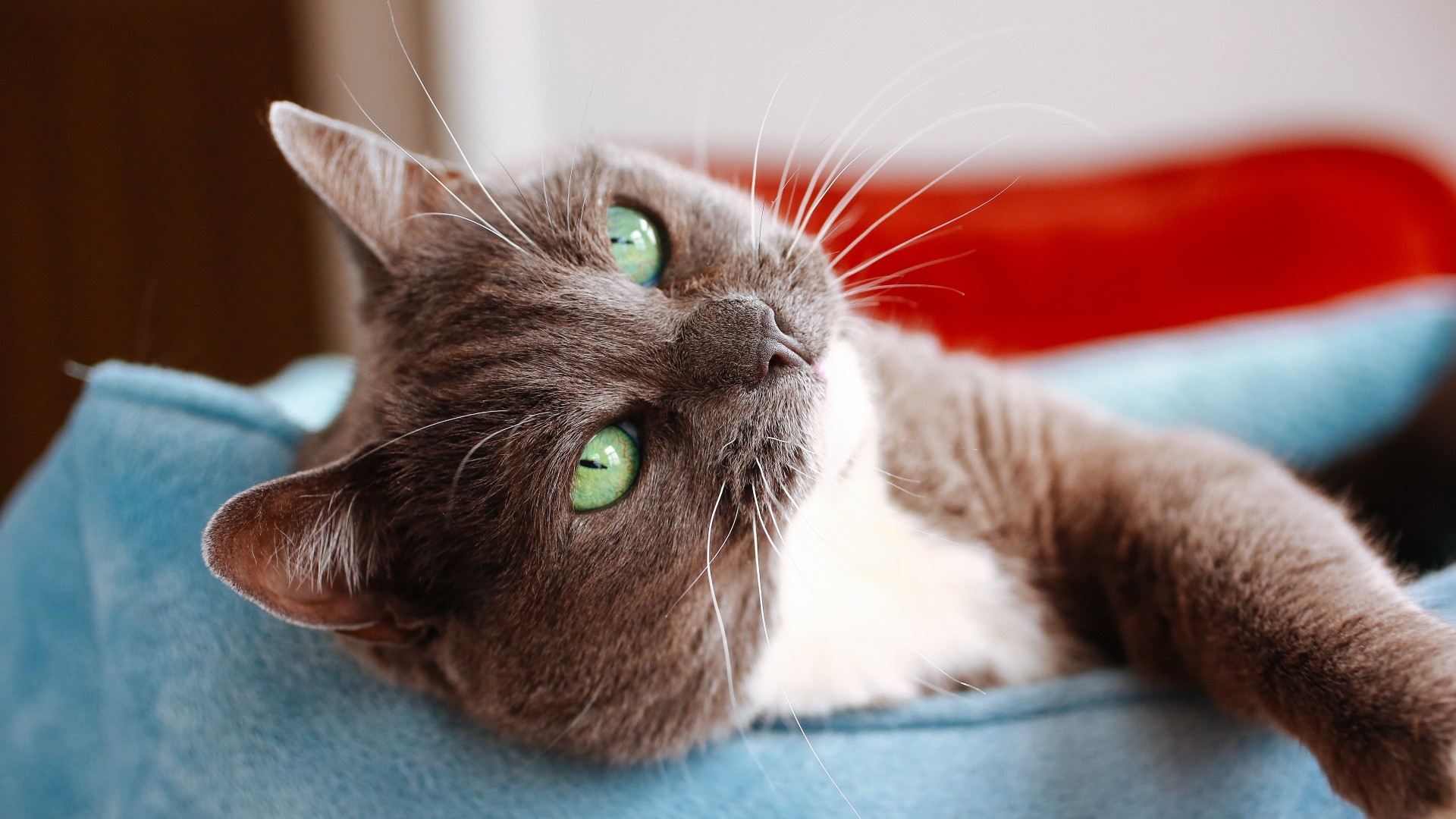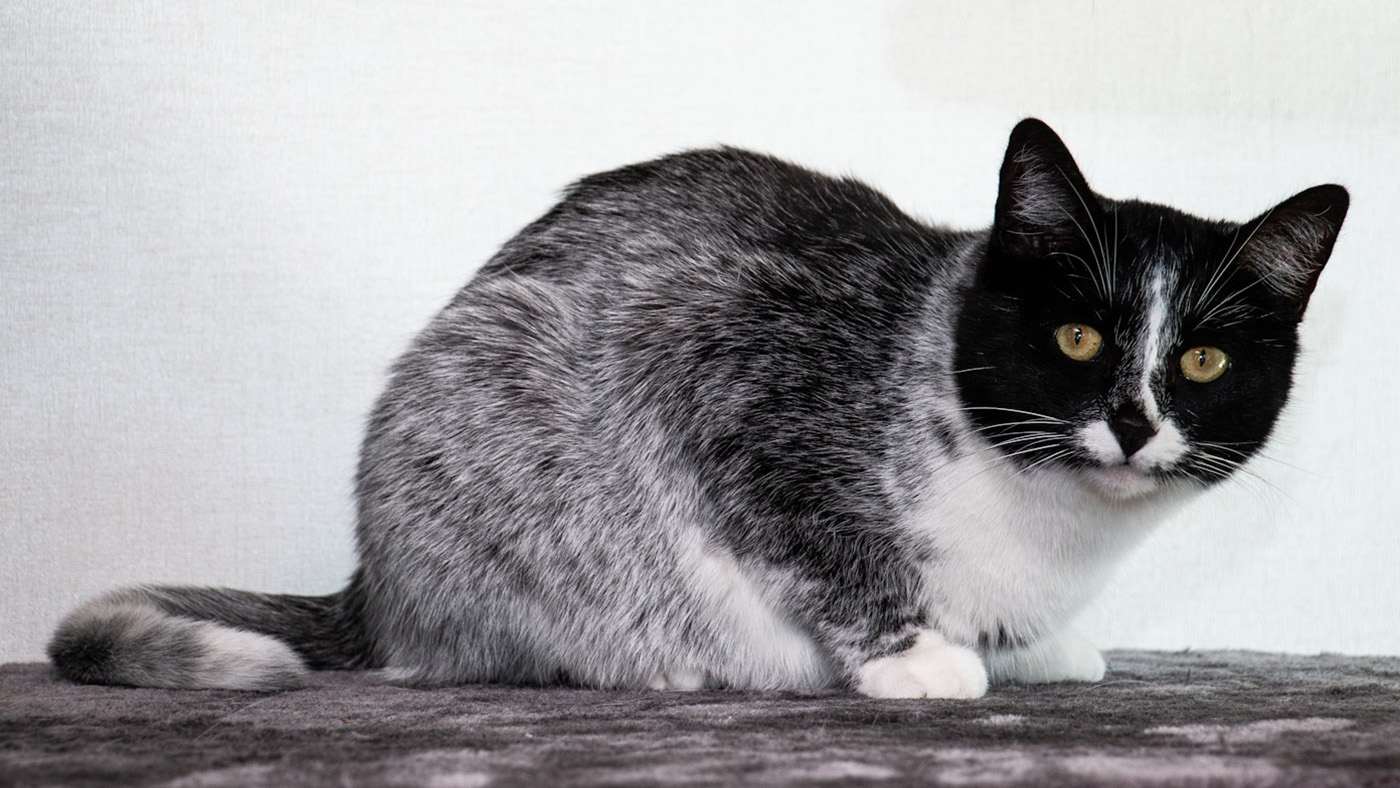How to clean a cat bed
When it comes to how to clean a cat bed, there are as many ways as there are kitties! We reveal a few of our favorites to help make your life a little easier

Learning how to clean a cat bed is one of the less exciting parts of being the parent to a feline furkid, but its the only way to get rid of the hair, dirt, and dander that can build up over time in your kitty’s sleeping space.
The best cat beds often come with removable covers that make cleaning them a lot easier, and if you shop around, you might even find a bed that’s so durable that the whole thing can go straight into the washing machine.
But if you’ve invested in one of the best luxury cat beds or have chosen a regular bed made from a tricky material, cleaning it becomes a little less straightforward. Hand-woven merino wool caves or heated beds, will require more care and attention than many standard models.
With that in mind, we’ve pulled together a selection of our favorite tips and tricks so that you can learn how to clean a cat bed no matter what shape, style, or material it comes in.
How to clean a cat bed: 5 different methods
1) Shake it out
We love anything that will get us out of doing heavy-duty cleaning, so if the old shake and forget method is an option, we’re all for that!
Take your kitty’s bed outside and give it a good shake to release some of the hair and any debris they might have brought into the bed that’s come off their paws or fur.
Don’t be afraid to give it a few good slaps with your palm either as this will help to loosen any stubborn tufts of hair that might be clinging on.
2) Hang it up in the sun
Strong sunlight does a brilliant job of killing bacteria, mold, and mildew, and if there’s a bit of wind around, you’ll find odors disappear too, leaving the bed smelling fresh and clean without the need for strong chemicals.
We recommend giving the bed a good shake-off and vacuum first or using a lint roller to remove the hair before hanging it in a sunny spot to let nature do the rest of the hard work for you.
3) Natural remedies
For the bed that needs a little more than a good shake and some sunlight, nothing beats a safe cleaning formula that you can whip up at home with a common item you’ve likely already got in your cupboard.
Baking soda is your best friend when it comes to eliminating odors and the good news is, it’s perfectly safe to use around your kitty. Sprinkle a generous amount all over their bed and let it sit for a few hours to work its deodorizing magic.
Once that’s done, arm yourself with one of the best vacuum cleaners for pet hair and use a crevice attachment to get into all the nooks and crannies before finishing off with an all-over vacuum.
To keep the bed clean in between, you can spritz it each morning with a solution of 1 cup water and 1tsp of baking soda.
4) Machine wash
Sometimes there’s no getting around it and a machine wash is the best approach to get your kitty’s bed looking brand-spanking new again, but before you throw it in, there are a few things worth remembering.
Firstly, make sure your cat’s bed is able to be machine washed. If you turn the bed upside down or remove the cushion if it has one, you’ll find a tag that lets you know if it’s safe to pop it in the wash and what cycle you should use.
Always follow the manufacturer's instructions to prevent damaging the bed and when it comes to temperature, wash it at the maximum allowed as this will remove stains and kill bacteria.
Cats produce a lot of oils on their skin that rubs off all over their bed, so while you’re going to need a decent detergent to get those oil stains out, it needs to be pet-friendly. A powder or liquid for sensitive skin is a great safe choice.
if you spot fleas in the bed, let it sit in hot water for several hours after it finishes washing and before you spin it dry. Adding vinegar to the rinse cycle is also a great way to kill fleas and if your kitty isn’t already protected, make sure to follow up with one of the best flea treatments for cats.
5) Hand wash
If your cat’s bed isn’t machine washable then it’s time to roll up those sleeves because hand washing is the only way to go. Once again, check the care instructions on the label, and if it’s okay to do so, get the water as hot as possible – use gloves to protect your hands.
Depending on the manufacturer's instructions, you can use a pet-safe detergent or even a flea and tick shampoo to give the bed a gentle clean. Rub all parts of the bed well between your fingers to break down your furkid’s oils and any other dirt.
Once you’re finished, rinse the bed off, and then depending on the type of bed, you can either lay it out flat in the sunshine to dry or hang it up.
Regular maintenance tips

The best way to avoid mammoth cleaning missions is to stay on top of the care of your cat’s bed by giving it a regular light going over. Here’s a quick and easy 3 step approach that will keep your furkid's favorite sleeping spot sparkling:
1) Vacuum – frequent vacuuming with the best vacuum cleaners for pet hair between washes won’t just get rid of all that pesky fur, it will also get rid of dead fleas, any dirt your cat has brought into bed with them, and other particles that can cause mold and mildew to set up camp.
2) Lint roller – remove any leftover hair the vacuum hasn’t sucked up with a good lint roller. If you don’t have one, no worries – duct tape works beautifully!
3) Baking soda – if your kitty isn’t one to use their bed much during the day, you can finish off with a sprinkle of baking soda to remove any odors. Just make sure you remember to vacuum it off a few hours later.
One last thing
Remember to only ever use feline-friendly products when cleaning your cat’s bed. Industrial strength cleaners and detergents aren’t good for kitties and will often cause skin irritation that can lead to scratching and biting.
And just because a product is labeled as being natural, that doesn’t mean it’s safe for animals. Essential oils can be very toxic for cats, so if you’re wanting to use natural products, make sure you do your research or speak to your kitty’s vet first.
PetsRadar Newsletter
Get the best advice, tips and top tech for your beloved Pets

Kathryn is a freelance writer who has been a member of the PetsRadar family since it launched in 2020. Highly experienced in her field, she's driven by a desire to provide pet parents with accurate, timely, and informative content that enables them to provide their fur friends with everything they need to thrive. Kathryn works closely with vets and trainers to ensure all articles offer the most up-to-date information across a range of pet-related fields, from insights into health and behavior issues to tips on products and training. When she’s not busy crafting the perfect sentence for her features, buying guides and news pieces, she can be found hanging out with her family (which includes one super sassy cat), drinking copious amounts of Jasmine tea and reading all the books.
